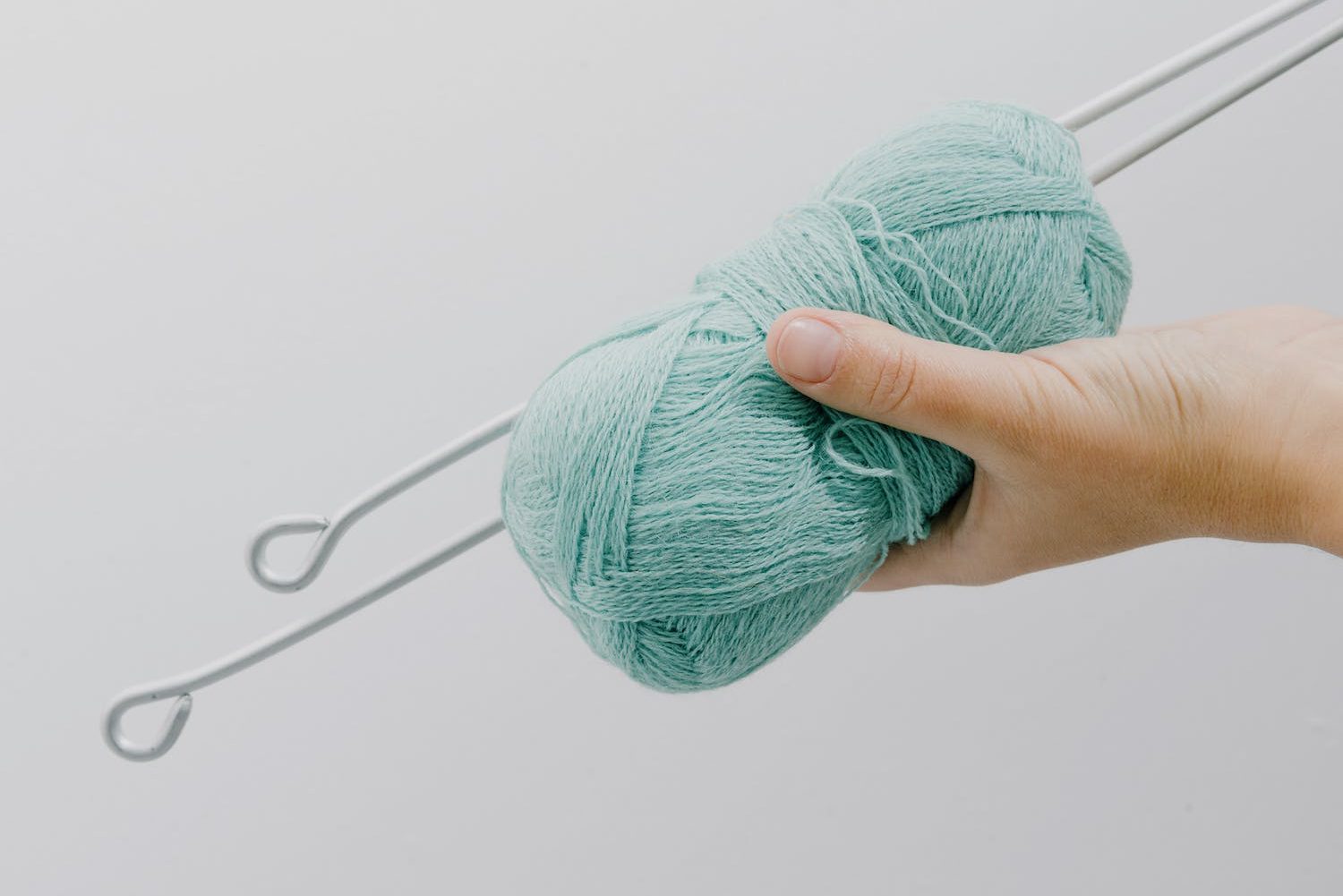I was chatting to a friend the other day about the different weights of yarns used in sweaters. We were discussing the various benefits of using fingering weight vs DK weight vs Aran weight yarn.
The Theory
During our discussion, my friend mentioned that she had heard a theory claiming that regardless of the yarn weight used, sweaters tended to use the same amount in terms of meterage. Curious, I decided to test the theory by comparing two common sweaters: the Weekender and the Weekender Light. Both are designed by Andrea Mowry from Drea Renee Knits, but the Weekender uses Aran weight yarn and the Weekender light uses a light fingering weight.
(This article is going to contain a fair amount of maths, but bear with me)
First, Meterage Required
I went and searched the two patterns and discovered that the meterage required for each was as such:
(Please note that all of the maths was done for the recommended ease of someone with my chest size of 42”)
Weekender: 1267m
Weekender Light: 1509m
This was far less discrepancy than I had assumed, considering how often I have heard people comment that thicker-weight sweaters require less yarn. There is only a 20% difference.
Second, the Yarn
After seeing how many metres of yarn was needed, I realised what needs to be considered is how many skeins of yarn would be necessary to make the garment. I decided to use Knotty Habit for my calculations.
Weekender: 1267m ÷ 174m/skein = 7.28 = 8 skeins
Weekender Light: 1509m ÷ 400m/skein = 3.78 = 4 skeins
Third, the Cost
Knotty Habit yarn costs R210/skein
Therefore,
Weekender: 8 skeins = R1680
Weekender Light: 4 skeins = R840
The Conclusion
A fingering-weight sweater, in this instance, costs the consumer half (at least in regards to the yarn requirement) of what an Aran-weight sweater does.
Further food for thought
After chatting further we realised that the most common argument as to why a knitter should consider making sweaters in Aran weight is as such: it goes faster.
This is true. A sweater made with thicker yarn, on larger needles, means bigger stitches and less time needed for knitting the garment
However, this should also be considered in relation to cost. For the price-conscious knitter (or crocheter) a garment or item requiring fingering weight yarn, as per my calculations, is going to cost you less in how much yarn you have to buy, but it will also mean saving money in the long run as you are able to spend more time knitting with the same yarn.
If we assume (this is pure guessing) that an Aran weight sweater takes 40hrs to knit and a fingering weight sweater takes 60 hours to knit, this means you will get 1/3 more time knitting on the same item which in turn means 1/3 less yarn requiring purchase.
The Case for Fingering Weight Sweaters
Of course, you must knit whatever makes you comfortable, you enjoy, and you want to wear/use. However, I do think fingering-weight sweaters get a bad rap a lot of the time. Doing this research helped me further cement in my mind that there is a lot that is worthwhile to knitting a fingering-weight sweater.

I’m so glad you wrote this all up! Seeing the numbers laid out so simply is really nice to see! Another case for fingering weight is how it holds up to wear – the plies of fingering is tighter meaning the fiber threads are less exposed to rubbing and thus less inclined to pill. 😀